#yugoslavian artist
Photo
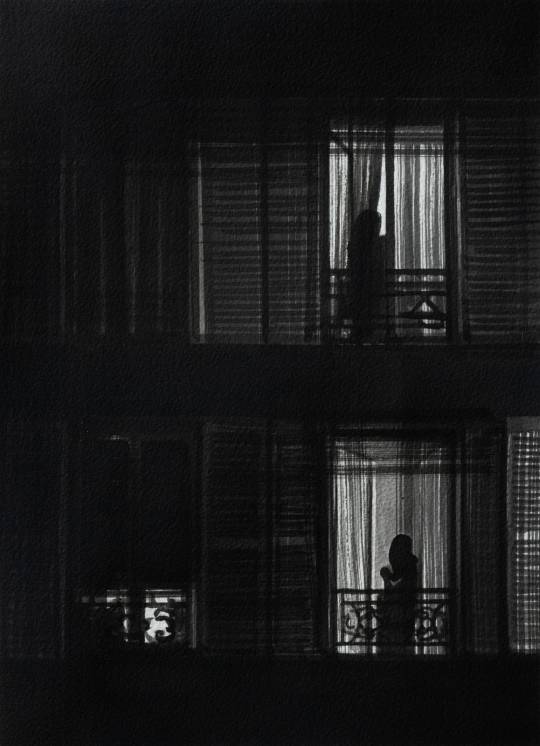
Dancing with the shadows - Radenko Milak , 2022.
Yugoslavian, b. 1980 -
Watercolour on paper , 35 x 25 cm.
1K notes
·
View notes
Photo
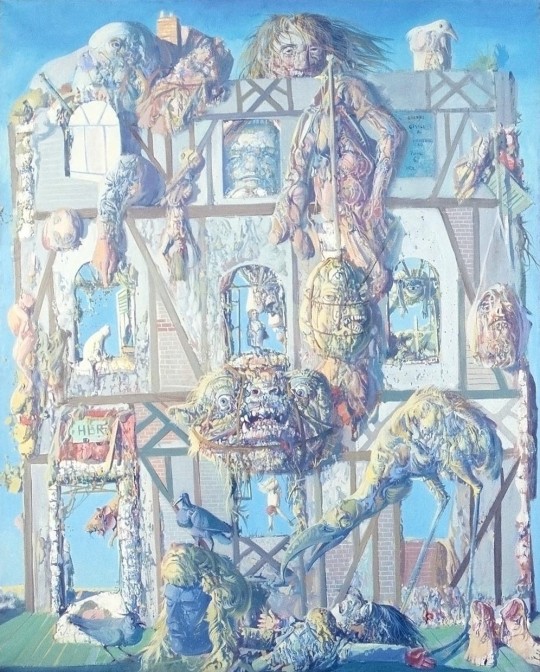
Dado (Miodrag Đurić, 1933-2010) — Civil War in Montenegro [oil on canvas, 1968]
345 notes
·
View notes
Photo
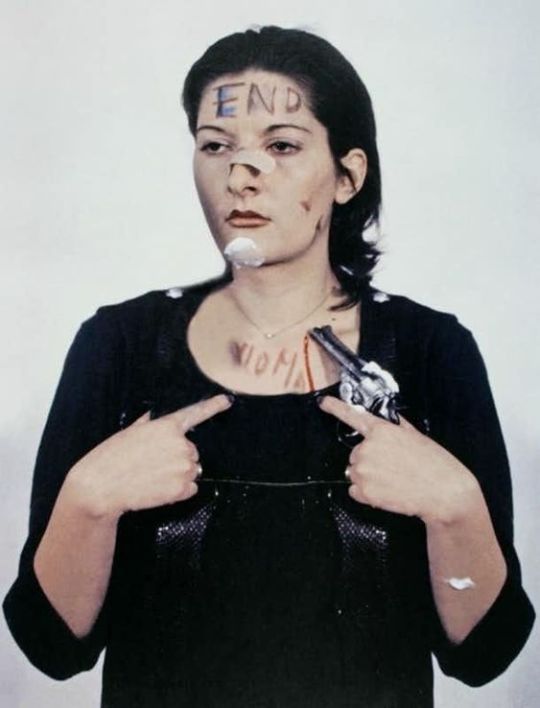
Marina Abramovic, rhythm 0, 1974
#marina abramovic#rhythm 0#1974#1970s#1970s art#70s art#performance art#performance artist#performance piece#art#artist#female artists#photography#photo#women in performance art#female art#conceptual#contemporary art#yugoslavian artist#serbian artist#abramovic#performance
324 notes
·
View notes
Text

Enki Bilal is French-Yugoslavian comic book writer and artist
125 notes
·
View notes
Text


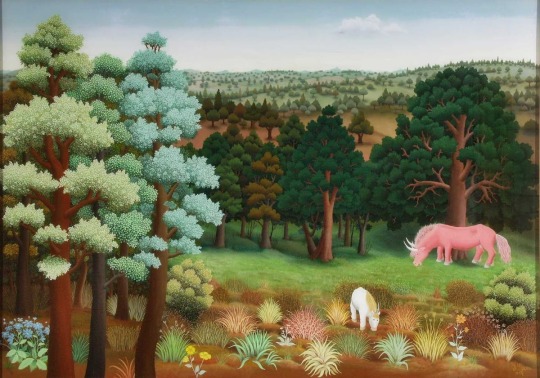
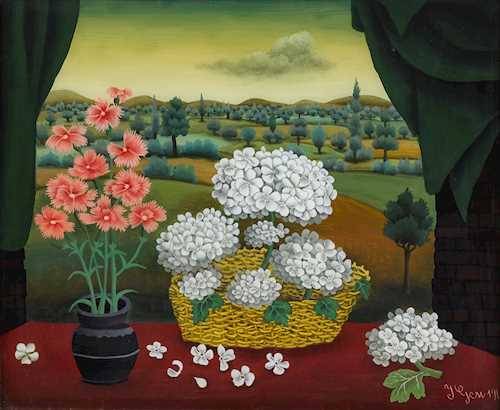


Ivan Generalic (1914-1992), Croatian
Ivan Generalic is now heralded as the original driving force behind Yugoslavian naïve or outsider art. He was born in the small town of Hlebine in 1914, where he also attended the local primary school until he was deemed old enough to work as a cowherd and a peasant farmer. Ever since his earliest memory, Generalic would draw with whatever materials he had available, whether it was a freshly painted gate he adorned with chalk, a patch of earth he engraved with a sharp stick or the drawing block and pencil he took to carrying around with him. When the other cowherds would take a break for a nap or a bite to eat, Generalic would retrieve his drawing materials and record the life of peasants without romanticizing the hard work and the apparent exploitation.
He claimed that initially his neighbours did not think much of his work because it did not fulfill their notion of what art ‘should’ be. However, since Generalic drew for his own personal fulfilment and not for critcal acclaim, he continued to record his vision of the lives lived around him. Acclaim did follow, although it was first voiced in the more urban centre of Zagreb rather than from the locus of his inspiration. In 1953 Generalic moved with his first wife, Anka Kolarek, to Paris, where he worked and exhibited for two months. Although this move increased his exposure to a variety of art and experiences, and did inform his work, he never lost his own manner of painting and he continued to depict his own ideology and peasant values.
When Anka died in 1975, Generalic moved to Sigetec, another village close to Hlebrine, where he married for a second time. He continued to paint and enjoyed offering guidance to younger artists, such as Dragan Gazi, of the same region. In 1992 Generalic died, leaving behind an inspired art movement.
27 notes
·
View notes
Text
wish my dad listened to his uncle who had good connections to the Yugoslavian communist party instead of his other uncle who was chasing the American dream but who died a penniless artist
6 notes
·
View notes
Text
Music preference headcanons (Lemon Edition)
I was supposed to sleep but my brain didn't want to sleep apparently, and because I'm a real music nerd, and have a lemon hyperfixation or something, I wrote these.
Grem
- Probably likes 80s - 90s rock/glam metal and maybe some new wave and disco too.
- I think bands like Monster Magnet and Dokken would suit his taste pretty well.
Acer
- Mostly same with Grem but mix in some newer music too, like pop punk maybe?
Zundapp
- Not really a huge fan of music but he would like Kraftwerk and you can't tell me otherwise.
J Curby Gremlin
- He seems like a classic "Dad rock" enjoyer, so bands like Deep purple, Uriah heep and Rainbow would be his favourites.
- He has a shelf full on cassettes and cds.
- Also I think he would listen to some jazz aswell.
Tubbs Pacer
- Kinda similar taste with Curby, but would like bands from 60s more, The Animals for example.
Victor Hugo
- Ever listened to that one Yugoslavian funk/jazz/disco mixtape on YouTube? (A great one btw) Because I think that type of music would suit him, Igor Savin for example.
Alexander Hugo
- I could see him enjoying new wave, synth rock/pop or post-punk.
- He probably knows many underground bands and artists.
Vladimir Trunkov
- He'd probably like jazz and some classical music but I also think his taste would be similar to Victor.
- I'm pretty sure he has a big vinyl collection somewhere.
Miles Axlerod
- He would listen to newer bands or artists and whatever's playing on the radio. A bit mainstream guy.
#cars#cars 2#cars fandom#Grem#Acer#professor zundapp#professor z#J Curby Gremlin#Tubbs Pacer#Victor Hugo#Alexander Hugo#vladimir trunkov#Miles axlerod
10 notes
·
View notes
Photo
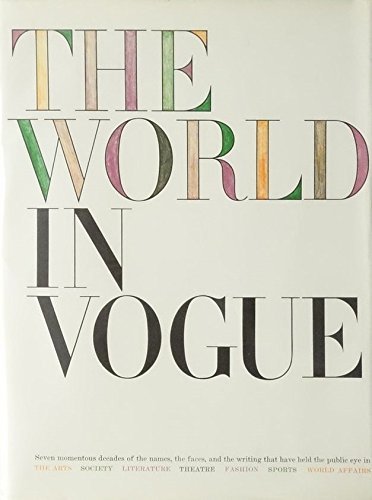
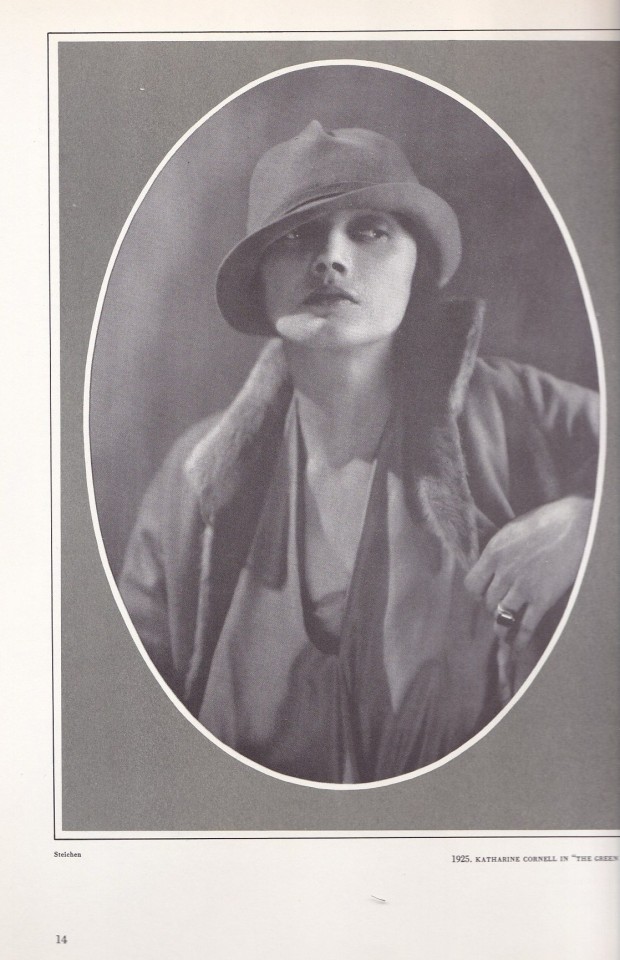

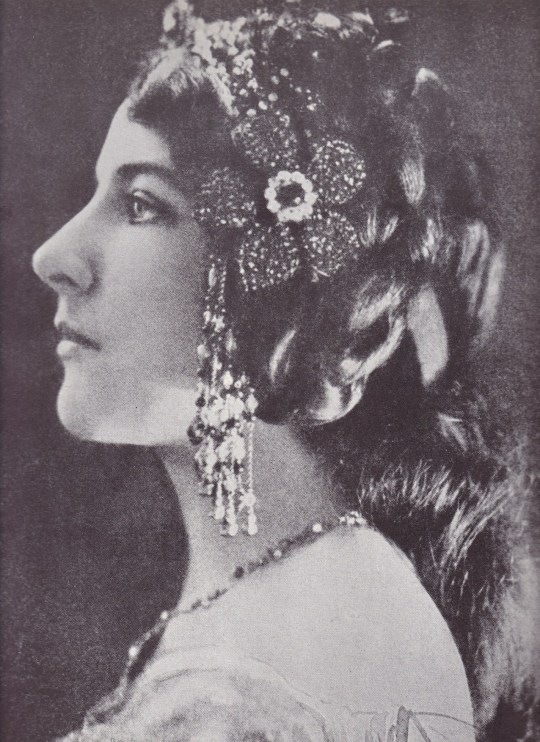
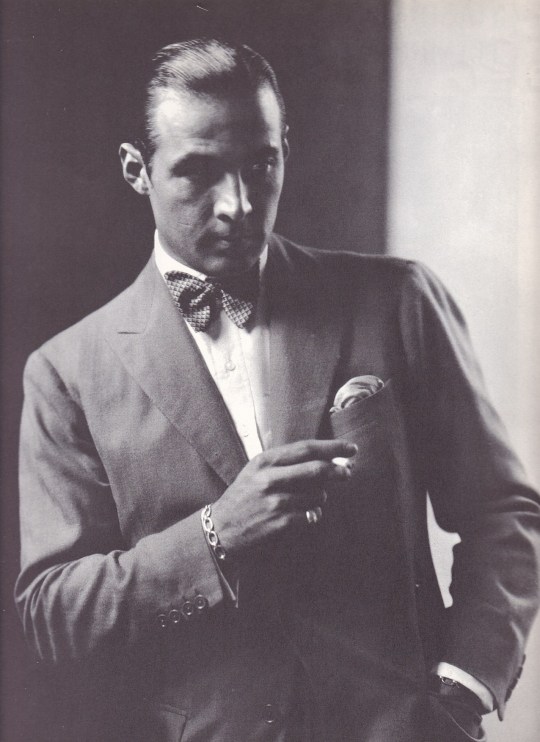
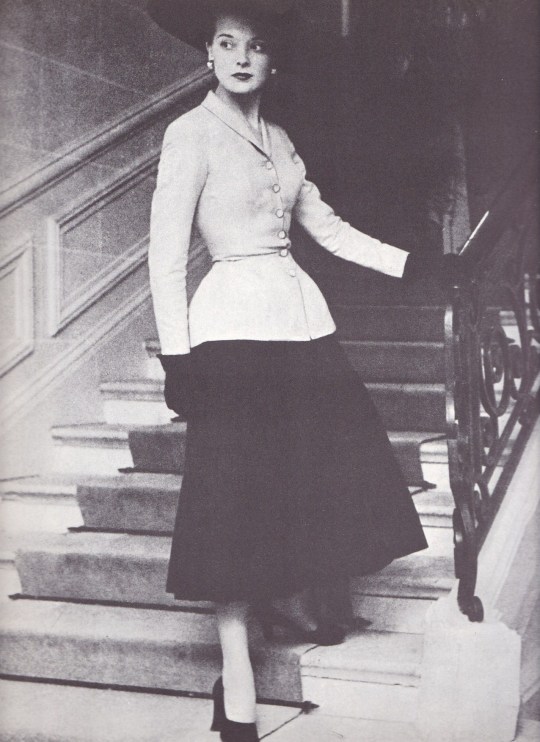
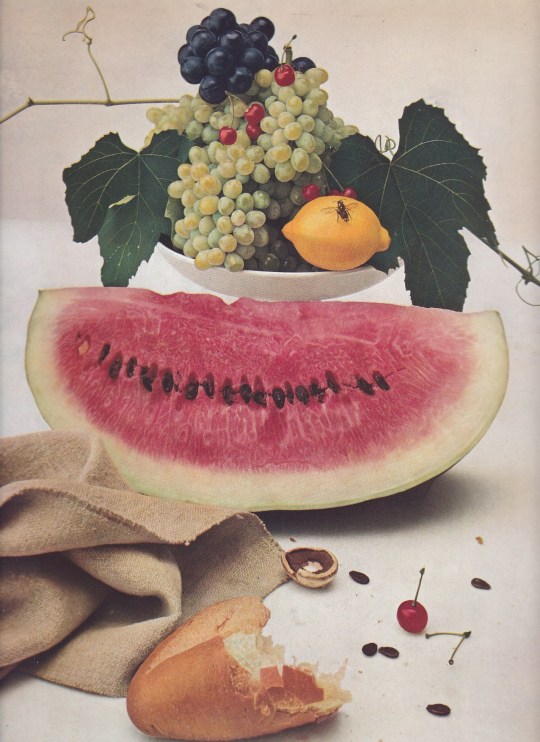
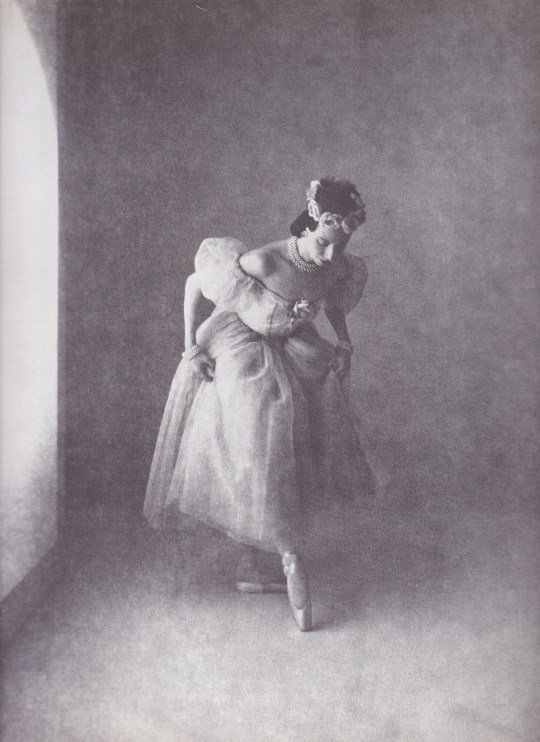
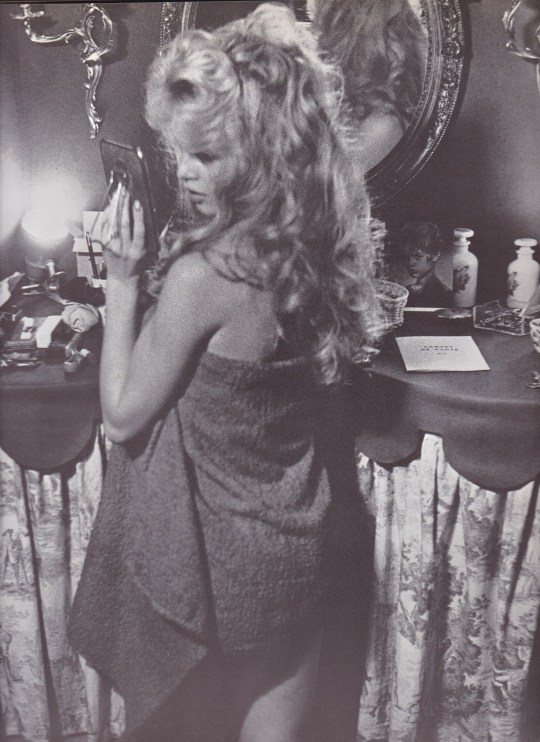

The World in Vogue
Seven momentous decades of the namnes, the faces, and the writing that have held the public eye in The Arts Society Literature Theatre Fashion Sports Worls Affairs
Secker & Warburg, London 1963, 416 pages, 25 x 33 cm.,
euro 90,00
email if you want to buy [email protected]
A stunning collection of 300 photographs of some of the most celebrated actors, artists, models, First Ladies, and social figures from around the world, drawing on stories from the pages of Vogue as well as never-before-published images by iconic photographers.
These trendsetters and newsmakers are captured by such famous photographers as Cecil Beaton, Jonathan Becker, Eric Boman, Horst P. Horst, Edward Steichen, Irving Penn, Richard Avedon, François Halard, Helmut Newton, Stephen Meisel, Snowdon, Toni Frissell, Bruce Weber, Herb Ritts, and Annie Leibovitz. Not only did these photographers take dazzling portraits—in studios or on location—that caught these iconic figures in classic, playful, or dramatic moments but they also documented their parties, weddings, houses, and gardens. Writers like Hamish Bowles, Paul Rudnick, Truman Capote, Francis Wyndham, Jeffrey Steingarten, Joan Juliet Buck, William Norwich, Gloria Steinem, Georgina Howell, Vicki Woods, Marina Rust, Michael Specter, and Jonathan Van Meter tell you the stories behind these figures and events.
Here are the glamorous weddings of Plum Sykes in Yorkshire, Lauren Davis in Cartagena, and Minnie Cushing in Newport; Truman Capote writing about cruising the Yugoslavian coast with Lee Radziwill, Luciana Pignatelli, and the Agnellis; gardens from East Hampton to Corfu designed by landscape architect Miranda Brooks; Inès de La Fressange’s apartment in Paris; Gloria Steinem reporting on the 540 masked partygoers at the Black and White Ball Truman Capote threw for Katharine Graham at the Plaza hotel; the gardens of Valentino’s seventeenth-century Château de Wideville, outside Paris; the designers, the best-dressed, and the stars at the annual Costume Institute party at the Metropolitan Museum; Mick Jagger and his family in Mustique; Jacqueline Kennedy and Michelle Obama; Kate Moss, Madonna, Angelina Jolie, Cate Blanchett, Ali MacGraw, Anjelica Huston, Nicole Kidman, Cher, Iman and David Bowie, Penélope Cruz, Charlotte Rampling, and many more.
Richly illustrated in black-and-white and color, The World in Vogue: People, Parties, Places is a stunning look at portraits, houses, gardens, and parties of celebrated figures from many worlds.
01/07/22
orders to: [email protected]
ordini a: [email protected]
twitter: @fashionbooksmi
instagram: fashionbooksmilano, designbooksmilano tumblr: fashionbooksmilano, designbooksmilano
#World in Vogue#actors#artists#models#First Ladies#social figures#Cceil Beaton#Hors#Steichen#Irving Penn#Avedon#Helmut <newton#Bruce Weber#Herbs Ritts#photography books#fashion books#fashionbooksmilano
21 notes
·
View notes
Text
Maybe I’m so lenient on artists changing their sound because... well even if I don’t listen to AA’s new stuff that much, I listen to so many different genres of music, like Idc if AA is classified as butt rock nowadays. If you can’t listen to different genres and enjoy them that's a you problem.
Maybe it’s just because I’ve been grown up on 80s pop, 90s Estonian pop, 80s rock, Middle Eastern dance music (?? i hope that’s a correct way to call it... my mom loves that stuff) and just Arabic music in passing, Russian 90s pop that both my parents and grandma liked, LOL..., süldibändid (i can’t even translate that lmao that’s like our very own special music genre that they play at village parties n shit. like pop+country+folk+rock, but something feels off and wrong about it), then I started listening to mf NU-METAL out of all things, regular rock, msi (i cant even classify that...), like man i fucking LOVED Hollywood Undead, Korn and Papa Roach, as well as Mr Brightside but who DOESN’T love that??? Then actual goth music, emo/scene music, literally all flavours of it, even hyperpop gets added in the mix, in 2015 i loved lo-fi depression music (elvis depressedly, coma cinema, alex g), in 2020 i discovered yugoslavian 80s underground music from this 1 youtube guy who just keeps uploading stuff constantly (i love you Dronemf S.) , i love lovejoy too and Marina was my queen back in the day and i will listen to doja cat and lil nas and idk some other popular pop music rapper like ... GET SOME DIVERSITY IN YOUR MUSIC PEOPLE you can’t just listen to one fucking genre and think that that’s the end all be all of music!!! you’re BORING. like fuck off if i can listen to 5MIINUST then you can listen to alone again by AA
5 notes
·
View notes
Text
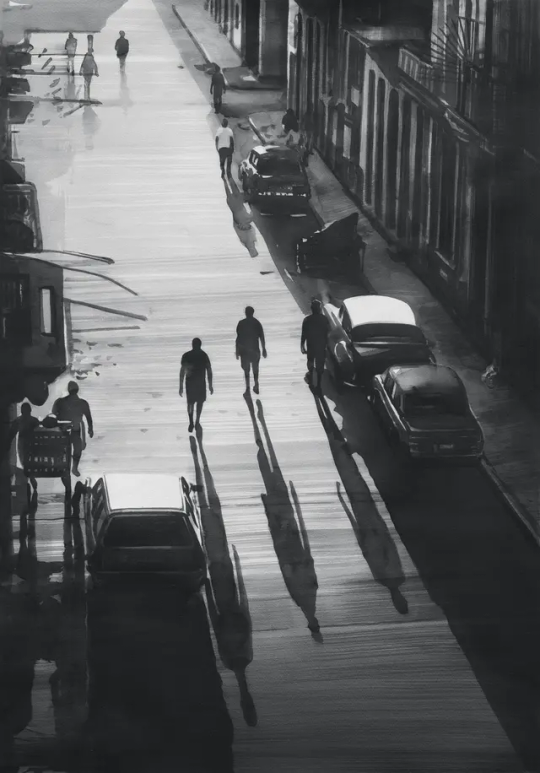
Neighbours , 20 April 2020 - Radenko Milak , 2022.
Yugoslavian, b. 1980 -
Watercolour on paper , 35 x 25 cm.
98 notes
·
View notes
Photo

Dado (Miodrag Đurić, 1933-2010) “America” [oil, canvas, 1960-1965]
118 notes
·
View notes
Audio
Nenad Jelić i Laza Ristovski - Opera - an obscure Fourth World gem from Serbia, 1985, reissued on vinyl (only) by Soundway Records. Here is a full album playlist from Youtube:
youtube
Soundway Records reissues a limited 1000 copy run of Nenad Jelić and Laza Ristovski's seminal experimental Serbian album Opera originally released on the former Yugoslavian state record label PGB / RTB in 1986. Combining Balkan and South American percussion and rhythms with synthesisers, vocal samples, and at times unexpected acoustic instruments (zither and harmonica), the album has slowly become a cult classic amongst fans of fourth world and avant garde music and is a kaleidoscope of contrasting moods and inspirations.
The recordings were the brainchild of Nenad Jelić: one of the most original artists to appear on the Serbian music scene in the late 1970s onwards. Jelić played in a wide variety of former-Yugoslavian contemporary jazz, modern classical and rock / pop outfits throughout the 80s until the present day, including the two, classic early 1980s LPs recorded by the Lala Kovačev Group: Balkan Impressions Volumes 1&2. A percussionist obsessed with melody and silence, and a multi-disciplinary instrumentalist, Jelić teamed up with the famous Serbian keyboard player Laza Ristovski in 1985 to help him arrange and realise his vision for the record. The year before its conception, Jelić had moved to Portugal and it's evident in the compositions that the musical waves that blow back and forth across the Atlantic Ocean had melded with the various Eastern European, Mediterranean and Balkan traditions that he had grown up with.
"This is where I completely immersed myself in the atmosphere of the Saudades, which helped me articulate my own personal vocation as an author, enabling me to focus on melancholy, melodiousness, the fluidity of the pulse". The Lisbon setting of the fado bars gave rise to the first impulses which would become Opera.
However, becoming "just another fado artist" wasn't enough. "My temperament, my previous experience, my sensibility, they all clearly pointed toward a fusion of ambient, jazz and pop music laced with elements of the various Balkan musical traditions as well as the universe of the Latin American sound."
"I saw Portugal as an exceptionally emotional country with its trademark nascent sorrow, ever present in all those swaying voices and guitars," he explains. "I felt it very familiar with my own sentiment and it affected my style enormously." These are the exact same elements which he finds moving in any music, be it of Portuguese, Romanian, Greek, Turkish, Hungarian or Spanish origins. "If we try and seek the connection between all these worlds, we will inevitably stumble across the Romani people who left their mark pretty much everywhere." Jelić's approach is intuitive: "for me, music has always been a sort of a prayer, or a rite of sorts. It doesn't matter if it's the voices or the percussion instruments."
Re-mastered from the original tapes this newly reissued Soundway Records version on vinyl sounds far better than the original pressing which unfortunately had pressing flaws and surface noise throughout.
5 notes
·
View notes
Photo
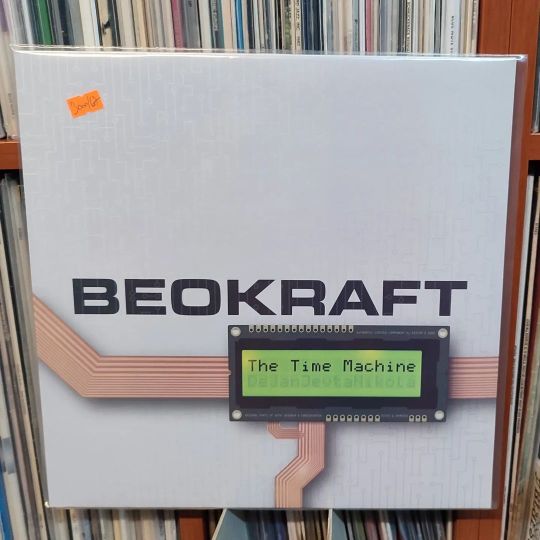
The Time Machine LP In these difficult times, Discom put an immense effort to bring you some amazing music with a special new release: Beokraft- The Time Machine LP. Beokraft is a true supergroup of Yugoslavian electronic music pioneers Dejan Stanisavljevic (group Beograd), Zoran Jevtic (DATA, Sizike, The Master Scratch Band), Nikolaj Bezek (Consequential). The Time Machine is their album inspired by Kraftwerk- the fathers of electronic music. The album consists of three parts with each artist creating their own repertoire of three songs. It begins with Nikolaj Bezek and his core Kraftwerk approach: simple musical phrases combined with striking rhythmical patterns and huge analog effects, especially the vocoders. Tracks The Time Machine, Robot Men and Transformator are beautifully rounded, almost like a memory lane to the early Kraftwerk’s world from Autobahn, Radio-Activity and Trans Europe Express. The similar impression continues with Dejan’s Stanisavljevic’s part, but in a broader context. In addition to his composing and arranging skills, Dejan shows exceptional talent to describe contemporary phenomena in Kraftwerk’s language. Tracks Ex Yu Roy At The Control, Quantum Computers and Into The Future, strikingly describe today’s problems with a rather dark message at the end. The album rounds off with Zoran Jevtic’s song set: Man, Women And In-between, Artificial Mind and Ja Sam Tvoj Robot, brilliantly produced tracks with almost synth-pop tone found in Electric Cafe and Tour De France albums. Rich and colorful production done with good-old “right from the start” sound is something any record collector or a DJ whose tastes go beyond the mainstream, will value. At a time when music and new records are definitely not the mainstream news, we managed to gather the last remaining Yugoslavian electronic music pioneers of Belgrade to record their ultimate LP. This is an opportunity to do something sublime, to support authentic music from a neglected area which will soon exists only in our memories. For the sake of music, against all odds, in spite of all the bad news and fears. (у месту Yugovinyl prodavnica gramofonskih ploca Beograd) https://www.instagram.com/p/ChpxI0WMWVF/?igshid=NGJjMDIxMWI=
3 notes
·
View notes
Text
Former-Yugoslavian / Balkan music lovers who is your favourite artist or song?
Former-Yugoslavian / Balkan music lovers, who is your favourite artist or song? Zdravo! I am the biggest fan of old narodna muzika - in particular Lepa Brena, Vesna Zmijanac, Halid Bešlić and Toma Zdravković. I'm currently obsessed with Jutro Je - Nada Topcagic. I'm on a mission to find the absolute classics OR just any great songs from the Balkans. Great artists, albums, history and performances too. Out of curiosity, is there anyone like me that's born in a western country but from a Balkan background that LOVES their language's music? I'm intermediate in Serbo-Croatian but listening to music has helped me develop my love for my heritage
0 notes
Text
Part II, Day 31

Art, context, and the user experience.
Whenever I travel, I almost always end up at an art museum. My wife has an art minor, and I was a few courses away from one myself. We’ve brought our daughter to art museums even before she could walk. It’s all very important to us.
My interest in art dovetails with my interest in history, particularly in the 20th century. So when I saw that the Twin Cities’ own Walker Art Center was putting on an exhibit titled “Multiple Realities: Experimental Art in the Eastern Bloc, 1960s–1980s,” I knew I HAD to see it. March 10 is the last day, so if you are local, go see it!
It’s a profound exhibit, carefully presenting not only the art but the context in which it came to be. The materials, artifacts, and signage added so much color (pun intended) to the experience; so much so that I can’t imagine what it would be like without it. The events of the era, the political climate, and emerging media of that moment shaped each work.
Contextualization and the user experience in museums is such a point of fascination for me that I now ask everyone that mentions an art museum about how they take it all in.
Do you enter a gallery and immediately go for the artworks themselves? Do you scan the room and gravitate towards one particular thing first? Or do you start at one artwork, looking first at the little placard for context before taking in the artwork itself?
Everyone has given a different answer so far, which is a delightful little window into how individual our relationships with art can be.
One particular artwork came to life (literally) only after I read the placard. It’s the work in the image on this post, and it lit up like that when I pushed a button next to it. The piece is titled “GF.E 32 NS” from 1969/1970 by Croatian/Yugoslavian artist and scientist Vladimir Bonačić.
The copy on the placard itself hit me in a different way, as I’ve been sorting through job descriptions and AI training.
One week ago, in an interview with a hiring manager, the first question was not about content design or UX or past projects.
“How comfortable are you with AI?” they asked.
I answered confidently and positively with examples to support that my comfort with and practical application of AI. I’ve been thinking about it a lot lately, and using it even more.
I got rejected for that role.
The placard on that artwork read:
“Bonačić believed artists could use computers to create radically new experiences and knowledge. ‘The computer gives us a new substance,’ he said. ‘It uncovers a new world before our eyes.’”
A new world, indeed.
But I have the Orienteering merit badge from the Boy Scouts, an enthusiasm for cartography, a raised-on-the-farm work ethic, and an intense love for language.
And I’m charting a path right into that new world.
0 notes
